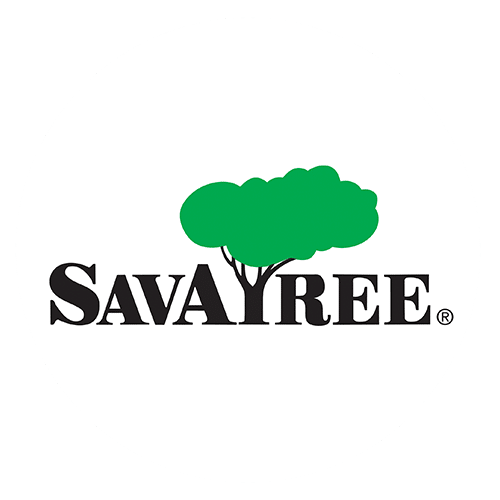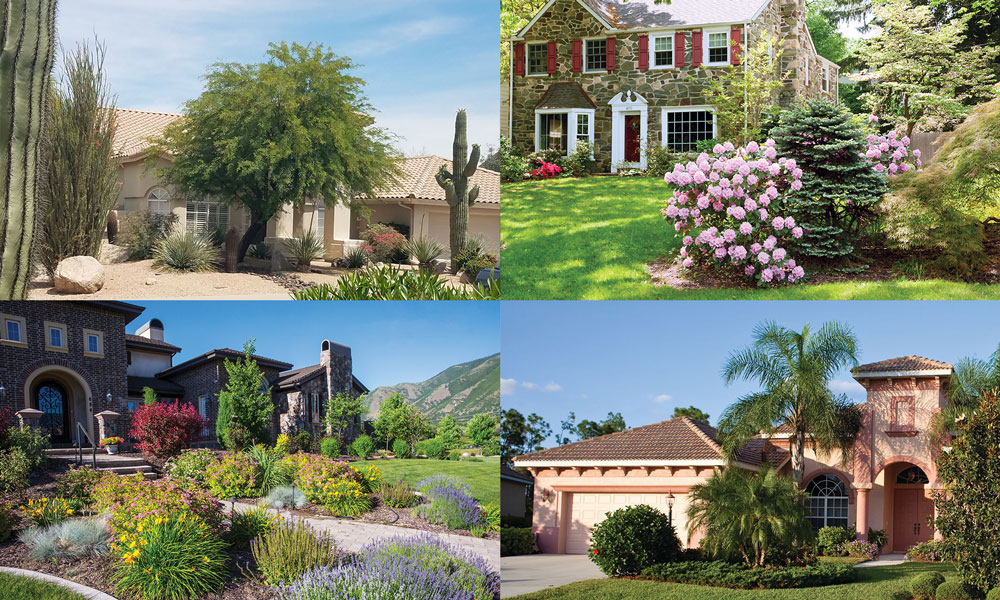Environment: Tribal Tree Traditions
Have you ever considered what life would be like without trees? Many civilizations throughout history would not have developed or even survived without the presence of trees. For instance, the American Indians regarded trees as one of their most valuable resources. They mastered an understanding of how the physical characteristics of tree species could be utilized to their best advantage.
From the beginning, trees have been the main raw material out of which the American Indians produced a wide range of items from housewares and modes of transportation to status and ceremonial symbols.
Household Products
The white birch tree was a vital resource for many items used in American Indian life, such as container-like objects called mococks, cooking pots, dishes, and needle cases. The birchbank was cut into a pattern, folded, and sewn together with spruce root so that items like the mococks could hold solids and, when coated, liquids too.
Totem Poles
To most Americans, the totem pole has become the predominant symbol for the northern Indians. The art of totem pole sculpture still flourishes in areas of the Northwest Coast where the exotic animal figures are usually made from the trunk of a cedar tree. Mainly, totem poles are symbols of social, economic and tribal status. Some tribes use totem poles for holding ashes of the deceased while others serve as “shame” poles in order to embarrass a person who does not pay his debts or who broke his word.
Ceremonies: The Sun Dance
One of the major ceremonies among the Sioux, and many other plains peoples, was a ritual called the Sun Dance. This was their way of giving thanks for the generosity of the Great Spirit and asking for its blessing in the year to come. At the center of this twelve-day festival stood the cottonwood tree. The Sioux chose this tree because they believed its leaf resembled a tepee.
Transportation
One of the most triumphant advancements of Indian technology was the idea of the canoe. Transportation and hunting techniques were revolutionized as a result of its development. White cedar wood was best for the framework while hard maple was used to make the paddles. The finishing touch to the canoe was a waterproof resin coating derived from the pine tree.
Click or call today to arrange a complimentary consultation from our fully trained and certified arborists for tree service, tree disease and lawn fertilizer services from SavATree. Contact the office nearest you.
SavATree provides tree service in the following areas:





